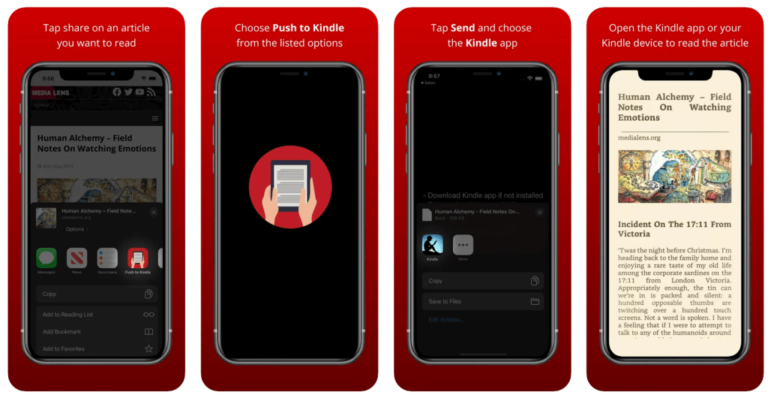As event planners, we’re always on the lookout for ways to create extraordinary event experiences while keeping things organized behind the scenes. Technology has become an integral part in helping us do just that, and artificial intelligence (AI) has quickly become one of our most reliable tools. But how does AI fit into an event world driven by personal connections and creativity?
That’s where user-generated content (UGC) comes in. By combining AI and UGC, we can simplify tasks while boosting engagement. Apart from improving our overall efficiency in event planning, it helps us to involve attendees in a way that makes them feel like they are part of the event’s success.
Let’s see how combining the two can elevate your event experience.
⏱️ Save time on content creation
Planning an event is time-consuming, and most of us don’t have the luxury of getting lost in the details. AI can help free up time by automating administrative tasks. For instance, tools like Asana’s AI assistant can organize event schedules, while the SlidesAI presentation maker can draft initial presentations.
UGC takes this efficiency a step further by transforming attendees into active content creators. Imagine hosting a session where attendees share insights through live polls or Q&A features.
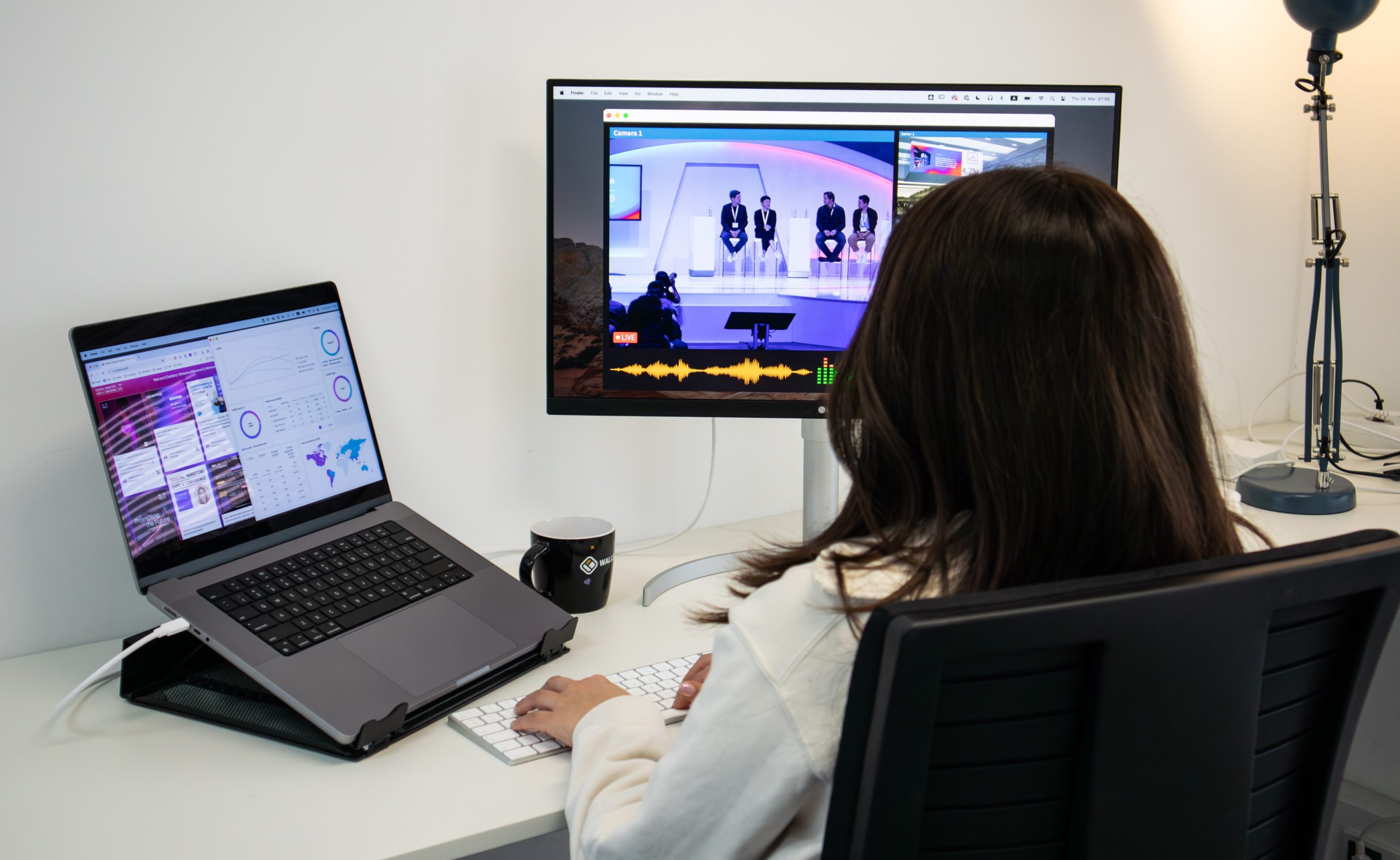
AI-powered transcription tools can then capture and organize these user inputs into meeting minutes or summary documents automatically. This feedback can be added directly into future presentations, turning user-driven interactions into valuable material for post-event planning and future content.
AI tools like Wordsmith can then repurpose this content into various formats (blog posts, social media updates, etc.), ensuring every contribution is captured, organized, and reused effectively.
🔍 Transform Post-Event Content Management
After an event, there’s always a flood of content – videos, photos, social media posts – all waiting to be sorted and shared. Managing it can feel like an intimidating task, especially when it’s crucial to keep the conversation going after the event.
AI can analyze this content quickly, identifying themes or stand-out moments that should be highlighted. For visual content, AI image recognition tools like Google Cloud Vision API can analyze photos and videos to identify key moments, faces, or objects. These insights can be used to compile personalized post-event recaps or highlight reels.
AI’s role here is to make this massive amount of data manageable. Instead of manually filtering through everything, AI does the heavy lifting, while UGC provides the authentic perspective you need to keep the conversation going long after the event ends.
⭐ Related: 14 Event Content Repurposing Ideas
🎵 Generate Music and Soundtracks for Events
Music can make or break an event’s atmosphere. But sourcing original soundtracks often takes time and budget that most planners don’t have. That’s where AI comes in.
AI-generated music tools allow event organizers to create custom soundtracks that match the tone and mood of an event. Imagine if your audience could help influence that music by submitting their own jingles or musical ideas. Attendees could be invited to create short melodies, which AI then analyzes and weaves into the event’s soundtrack.

This not only saves time but adds a personal touch. The audience knows they had a hand in shaping the soundscape, making the event experience more memorable. Involving your audience in the event’s creation through UGC makes them feel heard and valued, leading to stronger engagement and a deeper emotional connection with your brand.
🖌️ Revolutionize Event Design with AI-Generated Visuals and Mood Boards
Another way to authentically engage attendees at the event by using AI tools is to ask them to share their own design ideas, whether through mood boards, colors, or themes they’re excited about. AI-powered design platforms like Brandmark.io can then analyze these contributions and automatically generate logos and brand identities that reflect popular trends within your attendee base.
UGC allows attendees to contribute to the look and feel of the event. This collaboration makes the event experience more personal and meaningful, as it reflects the tastes and preferences of the audience.

⭐ Related: ChatGPT for Event Planning: Revolutionizing Events
📈 Transform Target Audience Analysis and Marketing
Event marketing strategies depend on understanding the target audience, but this understanding doesn’t always come easy. Traditional methods of analyzing attendee demographics can fall short when it comes to grasping the real interests and motivations behind audience behavior. This gap can be bridged by AI as well.
AI tools can process large datasets from surveys, social media activity, or registration forms, making it easier to develop in-depth audience profiles. When you incorporate user-generated content, you’re adding an additional layer of insight. Let’s say attendees share feedback via social media posts or review platforms. AI can sift through this user-generated data to identify key trends, interests, or pain points.
One of UGC’s key advantages is its ability to reveal genuine audience sentiment. AI can analyze this feedback to fine-tune your marketing campaigns for future events, ensuring your messaging aligns with your audience’s real needs and desires.
Conclusion: AI and UGC – Partners in Creating Better Events
The future of event management is about combining innovation with audience engagement. AI offers the tools to automate tasks, analyze content, and enhance efficiency, while user-generated content provides a human touch that resonates with attendees.
UGC’s advantages are clear: it’s authentic, engaging, and builds a sense of community around your event. By involving attendees in content creation, you’re not just hosting an event – you’re facilitating a collaborative experience where everyone has a role.
When used together, AI and UGC can transform the way we approach event planning. This includes shaping presentations, music, managing content, and refining marketing strategies. It’s a new era where AI and UGC work hand in hand to deliver better experiences and streamline operations. Ultimately, they help us focus on what really matters: connecting people.
⭐ Related: AI’s Role in Enhancing Attendee Experience

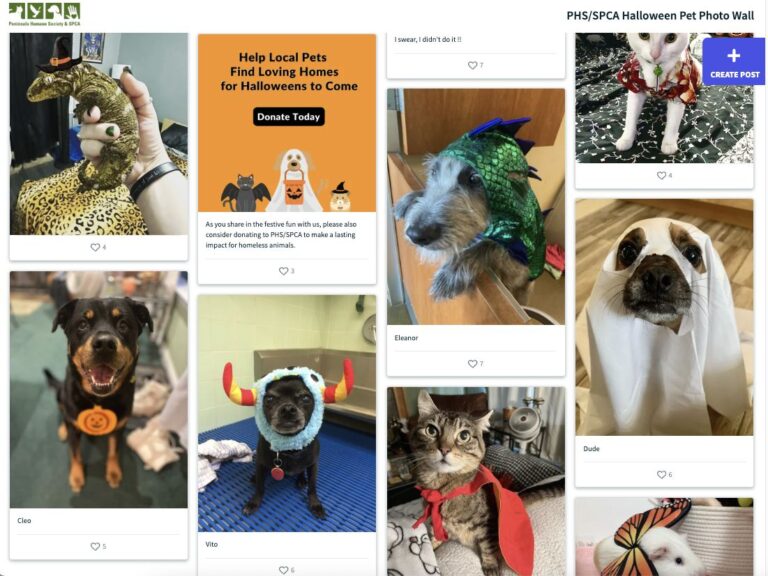
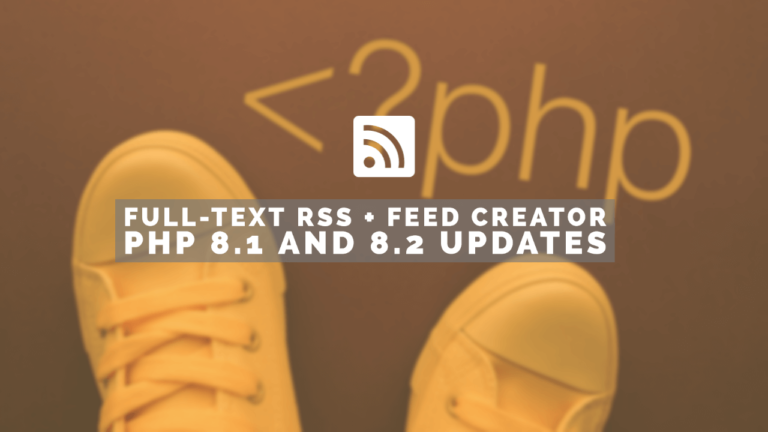
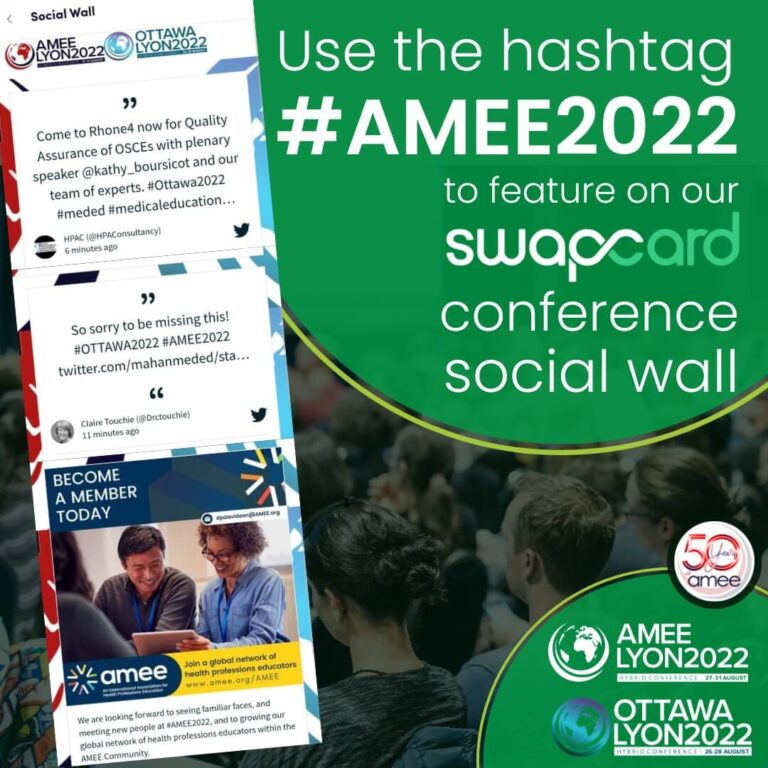
![Embed Instagram Stories on Your Website [Full Guide]](https://cssamsu.org/wp-content/uploads/2024/06/embed-instagram-stories-on-your-website-full-guide-52-768x396.png)
